|
Visiting
the Symingtons
Ports, table wines and impressive Quintas from one of the Douro
Valley's leading players
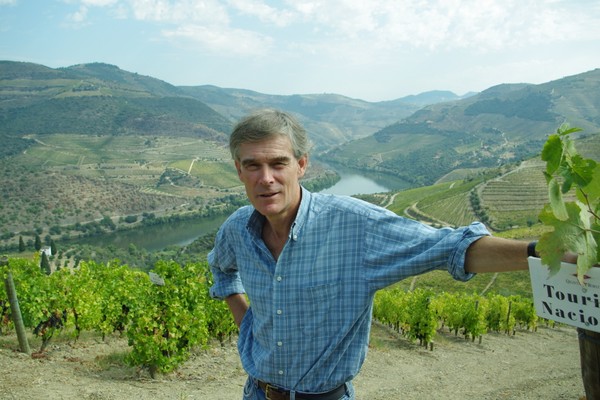
Paul Symington
There’s
something a little boyish about Paul Symington. And I mean that in a
good way. I spent three days with him and a few other journos as he
took us on a tour of the Symington family properties.
He’s
enthusiastic throughout, keen to show us what he’s been up to. And
as well as working hard, you get the
impression he likes to have fun. He’s recently brought a powerful
off-road motorbike, and has taken to driving around the steeply
sloped Douro hillsides with some buddies, including the local
Catholic priest. It sounds like a blast.
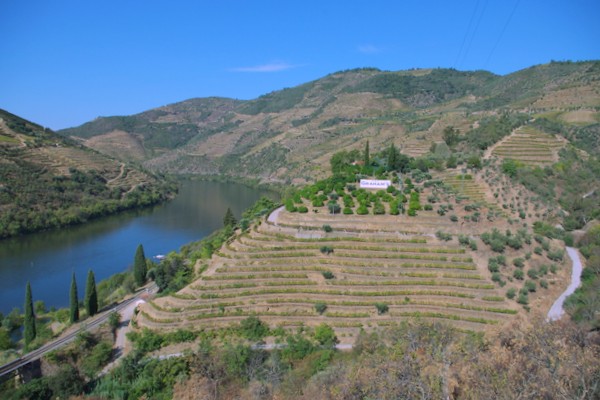
Malvedos
Our three days
included vineyard tours, treading grapes, messing around in boats on
the Douro, lots of eating, watching winemaking in progress, jumping
in lagares and even
a couple of chances to swim in the river. It was tremendous fun, as
well as being a chance to learn lots.
The Symington
family is one of the two big Anglo-Portuguese players in the Douro,
the other being the Taylor-Fladgate partnership (who I visited in
September 2009—you can read the report here). Representing the
bulk of the British Port trade, these two family-owned companies
have been very important in the history of Port wine in the Douro.
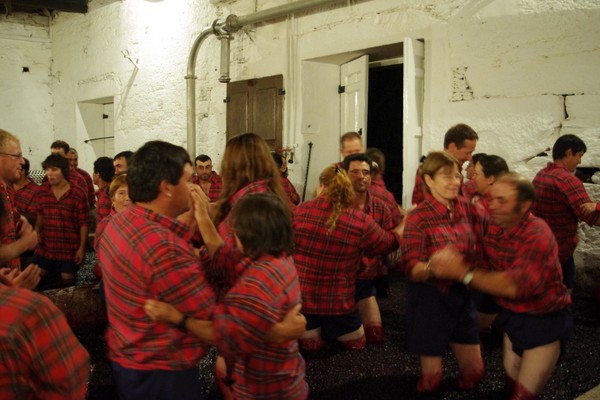
In the past there
were a lot more British-owned Port houses, but one by one these have
had to sell up. They have mostly been acquired by either the
Symingtons or Taylor-Fladgate. The best known Port houses include
Dow’s, Graham’s and Warre’s with the Symingtons, and
Taylor’s, Croft and Fonseca with Taylor-Fladgate.
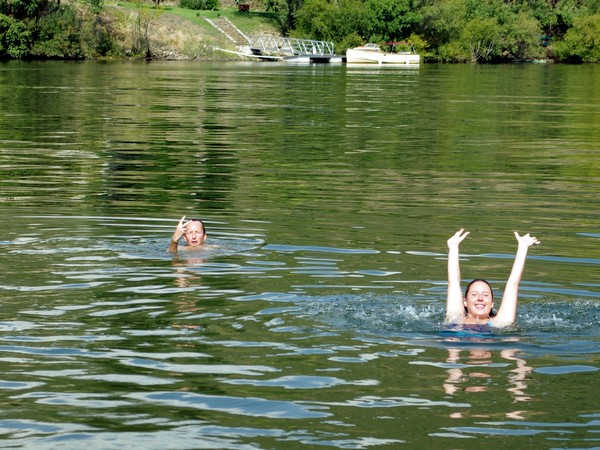
Significantly,
the Symingtons have recently taken the major step of acquiring
Cockburns. In 2006 they bought the vineyards and wine stocks, but
continued to sell the grapes to brand owners Beam Global. Then, in
2010, they purchased the brand as well.
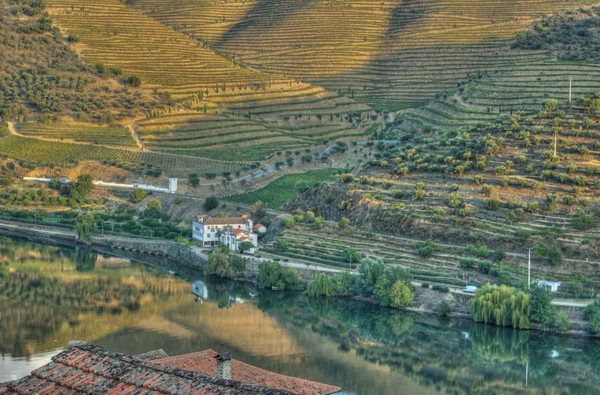
Vesuvio
‘As a family,
we have to make sure we have a viable business,’ says Paul
Symington. ‘In my 30 years in the Port trade, several families
have gone out of business. Some sold well, others didn’t. So
making sure we have a viable business is important.’ He points out
that just 4–5% of Port sales are through independent merchants (40
000 cases). The Port industry is around 1 million cases over all.
‘So we have to work with the supermarkets and big retailers or I
would have to sack 80% of my staff,’ says Symington. ‘I want
this family business to go on. We have 360 full time staff and 160
vineyard workers.’ One third of the staff are now based in the
Douro, and increasingly the centre of gravity of the business has
shifted to the region, away from Vila Nova de Gaia.
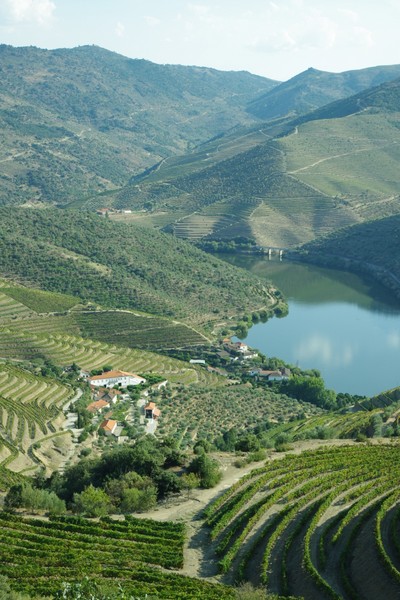
Canais
‘Taylors bought
Croft and Delaforce, and do Royal Oporto Port. Adrian [Bridge, MD of
Taylor-Fladgate] worked out that you have to have a certain size, or
you disappear,’ he explains. So the Symingtons understand that to
carry on doing business, they need to be big enough to work with the
largest retailers, and that buying Cockburns would give them an
edge. ‘In Cockburns we saw a fantastic brand that hadn’t been
well treated in recent years. If we bring quality back to the fore,
we have a great brand,’ says Symington. His view was that the
Cockburns vineyard were in great shape, but the wineries were poor.
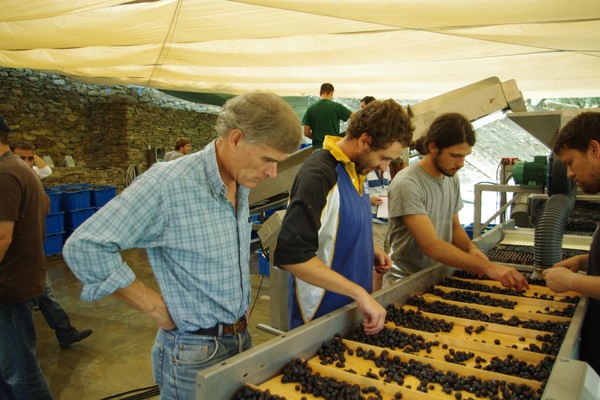
Under Beam in
2009, Tesco delisted Cockburns over a price disagreement and
Cockburns was out for about a year, an event which actually assisted
the Symingtons in their attempt to buy the brand. Cockburns was at
the time responsible for 35% of UK Port sales and 26% of the UK
branded Port market, so it was a big player. ‘We reported
ourselves to the OFT [Office of Fair Trading, responsible for
consumer protection and competition law in the UK] when we bought
Cockburns,’ says Symington. It took three months for them to
authorise the purchase, which eventually happened in December 2010. ‘It’s
the biggest deal I will ever do,’ he says.
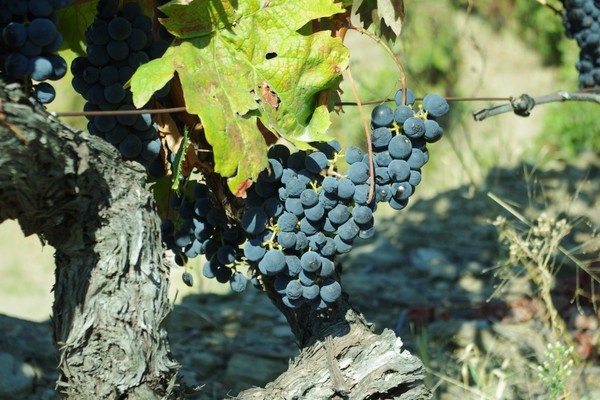
This purchase
includes 150 hectares of vineyards in the Douro superior on the
Vilariça river. During the 1980s, when demand for Cockburn’s
Special Reserve Port grew, they planted three quintas up in this
warm, dry part of the valley. A significant proportion of these
plantings were Touriga Nacional, a grape that represents only 3% of
Douro vineyards but 20% of the Symingtons grape intake, and 40% of
plantings of the vineyards actually owned by the family.
It’s flatter
here, and these vineyards are planted in rows up and down the slope.
This makes organic viticulture much easier, because one of the
challenges is weed control, and mechanical weed control needed for
organics is near to impossible in the standard terraced Douro
vineyards. This has allowed the Symingtons to be able to launch an
organic table wine—a rarity in the Douro.
It’s always
magical visiting the Douro, and especially so at harvest time. 100
km east of Porto, the Douro valley runs for a further 100 km up
towards the Spanish border, with the climate getting drier and
warmer as you travel eastwards. The Symingtons own 947 hectares of
vineyards, and 1008 hectares of land. Most of this is owned by the
company, but around a third is owned by family members and leased to
the company.
Some thoughts
about vintages. The idea of a declaration year is now less of an
issue than it was. ‘The declaration came from way back,’ says
Paul Symington, ‘When you had a really bad year like 1993, nothing
could save you. But the valley is 100 km long, and someone can
usually make something great.’
‘The only real
correlation between weather and vintage is that shit weather during
harvest gives you bad wine,’ says viticulturist Miles Edlmann.
‘No two terraces are the same: you can’t write a script for the
perfect year.’ Symington adds, ‘The Douro is anything but
homogeneous as a region.’
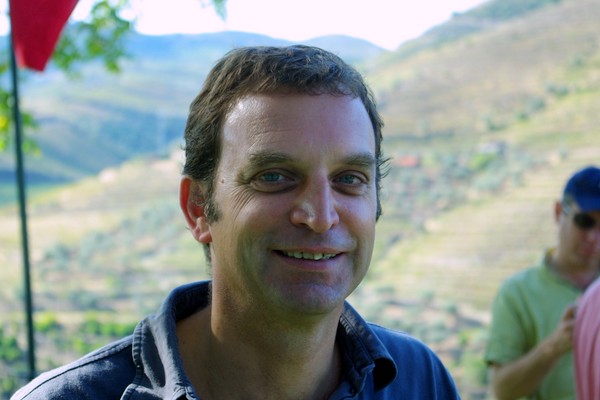
Charles Symington
So what about
2009, which the Taylor group declared as a vintage year, but which
the Symingtons chose to pass on (known as a ‘split
declaration’)? ‘2009 was a hellish difficult year,’ says Paul
Symington. ‘The vines were in trouble.’ It was a very dry
summer, with very little rainfall. In these hot conditions the vines
are stressed and start dropping leaves. ‘They sacrifice the older
leaves first,’ says Miles Edlmann. ‘Then the bunches are exposed
and so you get green raisins.’ But the wines I have tasted have
been surprisingly good. Perhaps this is testament to the resilience
of the older vines in the Douro; despite hot, dry conditions, good
wines still resulted.
So what are the
differences between the various Symington Port houses, according to
Paul Symington?
Dow’s: austere,
like a nervous racehorse. Jumpy and edgy. A difficult wine in a dry,
austere style.
Graham’s: rich
and structured with layered fruit. It’s rich and sweet. Malvedos,
the key Graham’s quinta (usually 40% of the blend), has mint and
eucalyptus notes. There’s 20 g more residual sugar in Graham’s
than in Dow’s.
Warre’s: more
feminine in style. Elegant, pretty and attractive. ‘Warre’s is
not about muscle and body building; it’s about feminine
elegance.’
VISITING
THE SYMINGTONS
 Part
1, introduction Part
1, introduction
 Part 2, Warre's
and Quinta da Cavadinha Part 2, Warre's
and Quinta da Cavadinha
 Part 3, Graham's
and Malvedos Part 3, Graham's
and Malvedos
 Part 4,
Cockburn's and Quinta dos Canais Part 4,
Cockburn's and Quinta dos Canais
 Part
5, Dow's and
Senhora de Ribeira Part
5, Dow's and
Senhora de Ribeira
 Part 6, Vesuvio,
foot-treading and mechanical lagares Part 6, Vesuvio,
foot-treading and mechanical lagares
 Part 7, Quinta de
Roriz and the table wines Part 7, Quinta de
Roriz and the table wines
 Part
8, Photographs Part
8, Photographs
Wines
tasted 09/11
Find these wines with wine-searcher.com
Back
to top
|

